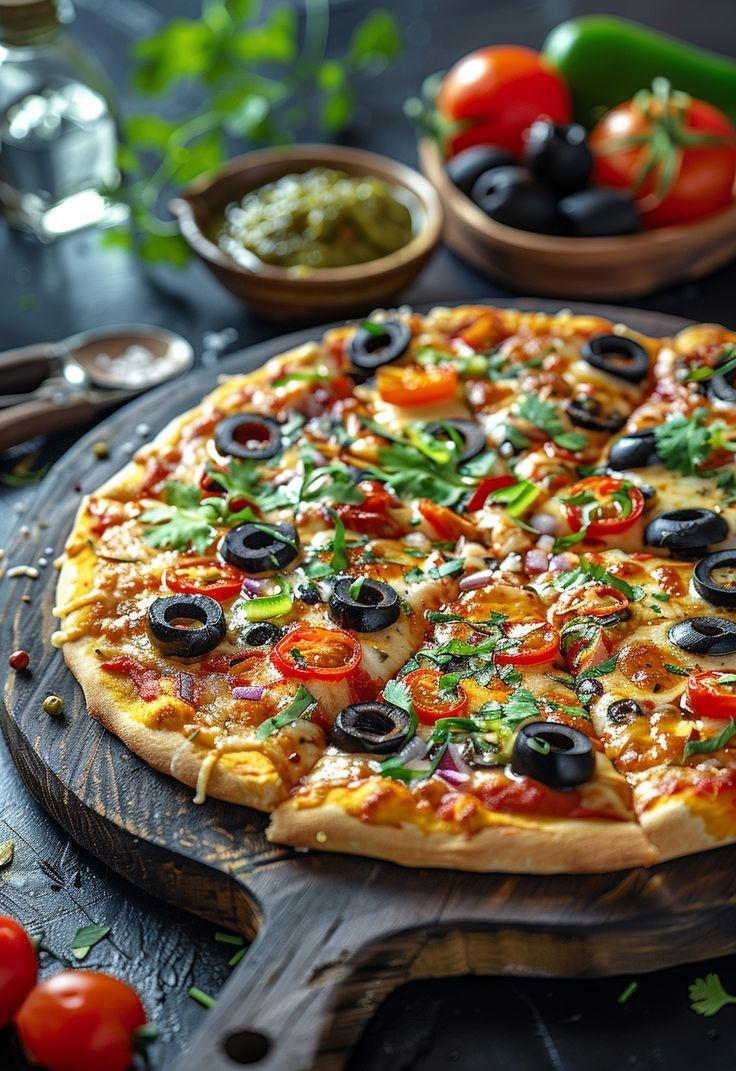At ClearBrookLy, we're convinced that the pinnacle of pizza begins with impeccable dough. With over thirty years devoted to refining our recipe, we're thrilled to impart a few of our time-honored insights with you. Though our precise recipe remains a closely guarded legacy, these guidelines will aid you in crafting pizzeria-grade pizza dough within your home.
Choice of Flour Is Key
The cornerstone of superior pizza dough lies in choosing the right flour. 00 flour, a fine Italian variety with a moderate protein concentration (about 12%), is our recommendation as it ensures a balance of elasticity and softness. In its absence, bread flour could serve as an alternative, albeit with a slightly altered texture.
Water Temperature and Dough Hydration
Your water's temperature is crucial to the timeline of fermentation and the dough's maturation. Use cold water around 45°F (7°C) for a prolonged fermentation that enhances taste. For a faster fermentation, water should be at a lukewarm temperature of roughly 85°F (29°C). A hydration ratio of 60-70% is optimal for typical household ovens.
Yeast Use Should Be Minimal for Optimal Time
To achieve a rich-tasting dough, minimal use of yeast combined with extended fermentation is vital. We use a scant 0.2% of fresh yeast compared to the flour weight for a fermentation period ranging from 24 to 48 hours. This gradual process matures the flavors and yields a more digestible dough.
Importance of Salt
Salt is not merely a seasoning but also enhances the gluten network and moderates fermentation. It's best to add fine sea salt after the flour and water begin to merge—at a proportion of 2.5-3% to the flour weight—to keep it from coming into direct contact with the yeast.
The Craft of Fermentation
Post-mixing, let your dough undergo bulk fermentation at ambient temperature for two hours, then apportion into individual balls. Enclose these in lidded containers and place them into a fridge for 24 to 72 hours. This chilled fermentation period is crucial for flavor development, where starches are transformed into sugars which then contribute to the characteristic browning of our crusts.
Gentle Dough Handling
Approaching pizza-making time, extract your dough from the fridge 1-2 hours prior to baking and allow it to come to room temperature. Handling the dough with care is imperative to maintain the developed airy bubbles. Rather than using a rolling pin, utilize your fingertips to gently press and shape the dough.
Final Element: Intense Heat
Your domestic oven might not reach the lofty temperatures of 850°F (454°C) seen in our wood-fired ovens, typically capping at 550°F (288°C). Compensate for this by employing a pizza stone or steel, preheated for at least one hour to mimic the fierce bottom heat necessary to attain a crispy exterior and a light, airy interior.
Mastery of pizza dough is a progressive experience, revealing nuances with every attempt. Keep track of modifications, experiment with variables, and uncover the ideal approach for your specific kitchen setup.
For a demonstration of our process, consider attending one of our monthly pizza workshops where Chef Adrian will delineate these techniques. Look at our event schedule for future sessions!

